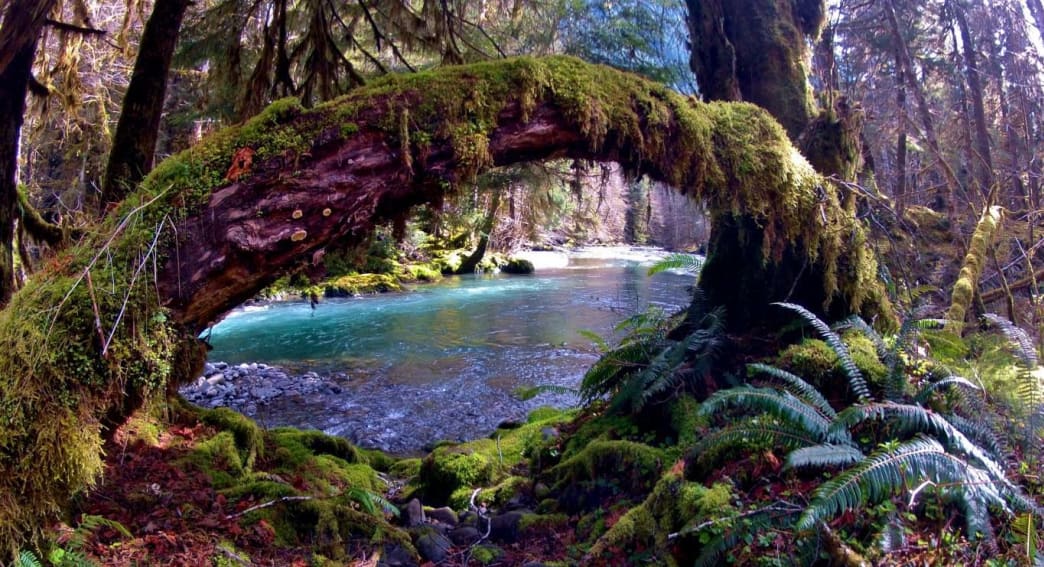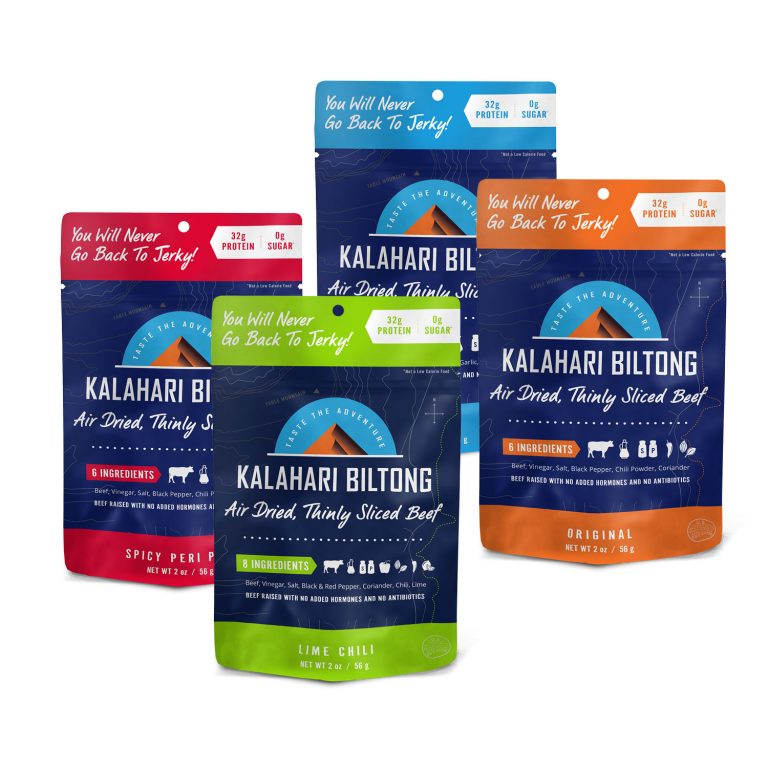Olympic National Park, the 5th most visited park in the United States, is amazingly still left off the list of many visitors to Washington State. Just a few hours from Seattle, Olympic National Park gives visitors a chance to explore glacier-capped mountains, rain forests, and beaches—all within the park boundaries.
Called “three parks in one”, a trip to Olympic National Park is a nature experience that won’t be forgotten. Many know of Olympic National Park but may not realize it is such a sought after destination for hikers, adventurers, families, and road trippers from around the world.
Here are 8 reasons to explore Olympic National Park.
1. Size

At 1,442 square miles in size, Olympic National Park is larger than Rhode Island by 200 square miles, over half the size of Delaware. It is nearly twice as large as Great Smoky Mountain National Park and 300 square miles larger than Yosemite.
One road surrounds the park. A drive around the entire park takes nearly six full hours with no stops. Olympic National Park is also home to 49 peaks over 6,500 feet, many of which are rarely climbed due to difficult terrain and isolation. Over 600 miles of trails are waiting to be explored and enjoyed the majority of which are designated wilderness by the National Park Service.
2. Glaciers

Olympic National Park is home to 266 glaciers throughout the park. Blue Glacier on Mount Olympus is 2.6 miles long and is estimated to be 20 trillion ice cubes large.
3. Animals

There is a common misconception about the Olympic National Park. While the region is known for amazing rain forests, incredible mountain peaks, gorgeous beaches and salmon-stocked rivers, few people actually come to visit the park for its wide range of animals.
Yellowstone National Park seems to have the monopoly on wildlife visitors. However, before you make that trek, check out the amazingly abundant wildlife right here on the Olympic Peninsula.

Roosevelt elk are plentiful—and they are the basis for the founding of the Park. Marmots, flying squirrels, and salamanders are native to the Olympic Peninsula as well. The region is alive with hundreds of different animals.
4. Beaches

The beaches of Olympic National Park are some of the best in the world, but not for those who like to lay on pristine sections of coast with warm waters.
Olympic’s beaches are rocky, craggy, full of sea life, and provide amazing hiking opportunities. Complete with some of the most picturesque sea-stacks in the world, these beaches make for great storm watching on rainy days and amazing hiking on sunny days. Depending on the season, gray whales and orcas may be visible from the beaches.
Whether you are looking for a day hike, a backpacking trip, or an amazing place to catch the sunrise, few places compare to the Pacific Coast of Olympic National Park.
5. Rainforests

Technically, the western edge of Olympic National Park is one rainforest, but locals have broken these rainy, temperate forests into three distinct rainforests; the Hoh, Queets, and Quinault.
The Hoh Rainforest is the most famous, with moss-covered trees, short and flat hiking trails, and over 120 inches of rain falling annually. Bobcat and bear can be seen along creeks, gorging themselves on salmon who’ve returned to their spawning grounds upstream. For the more adventurous, the Hoh Rainforest is where you can summit the tallest peak in the park, Mount Olympus.
The Queets rainforest is the most remote and least-visited rainforest region in Olympic National Park. Queets Rainforest has over 140 inches of rainfall anually. If you want to be alone in a rainforest, this is where you must go.
The Quinault Rainforest is one of the classic destinations for tourists looking to get away from the more popular Hoh Rainforest region. With 120 inches of a rain per year, this wet, damp, moss-covered, forest is home to black bears, salmon, eagles, waterfalls, and incredible backpacking trips.
6. Lakes, Rivers and Waterfalls

Olympic National Park’s rivers, lakes, and waterfalls are the life-force of the forest. High alpine lakes, like Lake of the Angels and the Seven Lakes Basin region, are wonderful hiking and backpacking destinations.
Lake Crescent and Lake Quinault are more accessible for explorers who don’t want to trek into the deep backcountry. Lake Crescent is the second deepest lake in Washington State, estimated to be over 1,000 feet deep in places. Lake Quinault isn’t nearly that deep, but it is home to great views, a classic old lodge, and is close to the mountains, the rainforest, and the ocean.
The most famous rivers of the region are the Hoh, the Elwha, the Quinault, and the Queets, but many smaller rivers also support life. A healthy salmon population thrives in these rivers.
The waterfalls of Olympic National Park are some of the most beautiful waterfalls you will see. With over 100 inches of rain falling throughout the majority of the park, water seems to be flowing from everywhere.
From the iconic three-tiered waterfall of Sol Duc to the beautiful roadside falls of the Quinault, if you love waterfalls you will love the Olympics.
7. Hiking

It is hard to imagine hiking anywhere more beautiful than Olympic National Park. There are over 600 miles of established trails. Terrain ranges from low land hikes along gorgeous beaches with dense rainforests to isolated peaks. Other parks may have good beach trails, or great hikes along rivers, but Olympic has them all.
8. Isolation

Olympic National Park is one of the more isolated places in the lower 48 states, home to the ‘Quietest Square Inch in the States’. While some trails can get crowded by local standards, visitors who have experienced the masses at Yosemite, Yellowstone, or the rim of the Grand Canyon will feel isolated and far removed from society.
Few hikers take the time to hit the trails in Olympic that extend beyond a mile from paved roads. It doesn’t take long to find seclusion and peace in this unqiue and beautiful national park.
Written by Douglas Scott for RootsRated and legally licensed through the Matcha publisher network. Please direct all licensing questions to legal@getmatcha.com.
Featured image provided by Douglas Scott

















